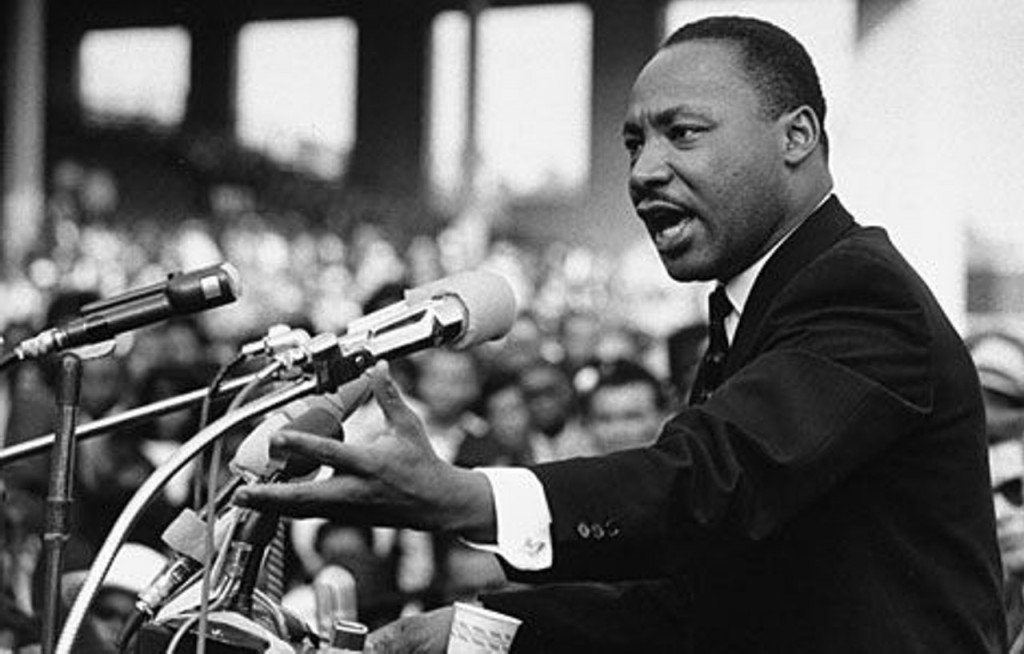 |
| Wilson's First Inaugural Address |
Woodrow Wilson first acknowledged that people had changed their perspectives on the nation and had a strong desire to rectify the wrong-doing that had been occurring for some time. He believed that the government was powerful and could handle the change that it needed to undergo. He wanted to send the message that the government was able to go against big businesses, but it needed the support of the people to do so. Wilson also states that the government, while the nation prospered under a great economy, had forgotten about its people and the environment. He thought that it was time for a change in perspective and a correction of the wrong-doings, specifically the harmful tariffs, food quality, labor laws, and lack of environmental preservation. These progressive beliefs were his idea of the law's duty to protect the nation it served.
 |
Teddy Roosevelt was another president
who regulated big businesses and was nicknamed
the "Trustbuster".
|






